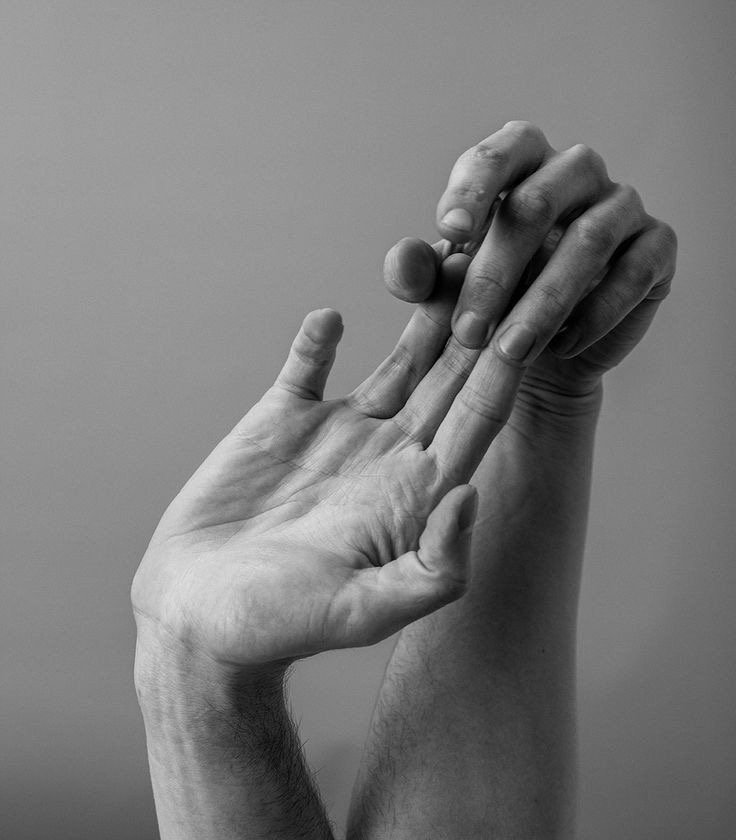Self-Care Between Massages!
Self-Care Tips: How to Maintain the Benefits of Your Massage Between Sessions
Massage therapy is a fantastic way to relieve tension, improve circulation, and promote relaxation. After a session, you might feel lighter, more relaxed, and rejuvenated. However, to maximize the benefits of your massage and extend that post-treatment feeling, it’s important to maintain your well-being between sessions. Self-care plays a crucial role in keeping your muscles and mind in balance. Here are some simple but effective self-care tips to help you hold on to the benefits of your massage and continue feeling your best.
1. Stay Hydrated
One of the most important things you can do after a massage — and between sessions — is to drink plenty of water. Massage therapy helps to release toxins stored in the muscles, and staying hydrated aids in flushing them out of your system. It also helps prevent post-massage soreness and reduces the risk of dehydration, which can lead to fatigue or discomfort. Aim to drink water consistently throughout the day to maintain muscle flexibility and hydration levels.
2. Stretch Regularly
Massage helps to loosen up tight muscles and improve flexibility, but regular stretching can help maintain these benefits. Incorporating gentle stretches into your daily routine can prevent muscles from tightening up again and can keep your body limber. Focus on areas that were worked on during your massage, such as your neck, shoulders, or lower back. If you're unsure where to start, try simple yoga poses or visit a local class that emphasizes stretching and mobility. Stretching not only helps maintain muscle flexibility but also reduces the risk of stiffness and injury.
3. Practice Relaxation Techniques
Massage is known for its ability to reduce stress and anxiety. To prolong this calming effect, consider incorporating relaxation techniques into your daily routine. Deep breathing exercises, meditation, or even a few minutes of mindfulness can help you stay centered and relaxed. Practices like these promote mental clarity, reduce tension, and help you stay balanced. You don’t need to carve out hours for these techniques — just a few minutes each day can help you carry the tranquility of your massage session throughout the week.
4. Maintain Good Posture
One of the reasons many people seek massage therapy is to relieve muscle tension caused by poor posture. To ensure the benefits of your massage last, pay attention to your posture throughout the day. Whether you’re sitting at a desk, standing, or walking, maintaining proper alignment can prevent your muscles from tightening up again. Try to keep your shoulders back, spine neutral, and avoid slouching. Ergonomic adjustments to your workspace or chair can also help reduce stress on your body.
5. Incorporate Movement into Your Day
Prolong the effects of your massage by staying active. Regular movement helps keep blood circulating throughout the body and ensures that your muscles stay loose and strong. If you’ve had a massage to relieve muscle tension, consider low-impact activities like walking, swimming, or light cycling to keep your muscles from becoming stiff. Even short bursts of movement during the day, such as stretching or taking short walks, can help maintain muscle flexibility and prevent tightness from creeping back in.
6. Use Heat or Cold Therapy
Heat and cold therapy can be an excellent way to continue the relaxation process at home, especially for areas that were particularly worked on during your massage. A warm bath, heating pad, or hot towel can help ease any lingering tension and promote muscle relaxation. On the other hand, cold packs can reduce inflammation and soothe sore muscles, especially if you feel tight or stiff after your massage. Be sure to alternate between heat and cold based on your body’s response and any areas that need extra attention.
7. Avoid Overexertion
After a massage, your muscles are often more relaxed and open, which means it's important not to overexert them too soon. Avoid heavy lifting, intense workouts, or any activity that could strain your muscles. While it’s important to stay active, give your body time to fully absorb the benefits of the massage and avoid putting unnecessary stress on your muscles. Keeping your activity level moderate for the first 24-48 hours after your massage will allow your body to recover properly.
8. Pay Attention to Your Sleep Quality
Good sleep is an essential part of your body’s recovery process, and it’s particularly important after a massage. A restful night of sleep allows your muscles to repair and regenerate, helping to maintain the flexibility and relief you gained during your session. Make sure your sleeping environment is comfortable, with a supportive mattress and pillows that align with your body. Avoid caffeine or heavy meals before bedtime, and consider a relaxing bedtime routine to help your body unwind and get the restorative sleep it needs.
9. Follow Any Specific Recommendations from Your Therapist
If your massage therapist offered specific advice or techniques for self-care after your session, be sure to follow it. Whether it’s using a certain type of muscle balm, performing certain stretches, or avoiding specific activities, these recommendations are designed to help you get the most out of your massage. Your therapist understands your unique needs and can provide guidance on how to maintain the benefits of your session until your next one.
Conclusion
To fully experience the long-lasting benefits of your massage therapy, incorporating self-care practices into your daily routine is key. By staying hydrated, stretching regularly, practicing relaxation techniques, and maintaining good posture, you can extend the relaxation, pain relief, and flexibility gained from your massage. Remember, self-care doesn’t stop when you leave the massage table — it’s a daily commitment to your body’s well-being. By integrating these simple habits, you can ensure that you continue to feel the positive effects long after your session ends.
